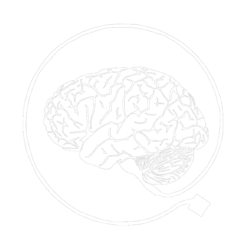Ophelia Deroy (University of London)
Introduction: The paradox of spatial pitch
Try, for a moment, to imitate an orchestra conductor while listening to a familiar classical tune. Didn’t you find your hands moving up and down in time with the high- and low-pitched notes respectively? Or just try singing in a high and then a low pitched voice instead: now it is your eyebrows that will likely have gone up and down[1]. This spontaneous behavior might not come as a surprise: After all, a series of tones increasing in frequency are almost universally described as ‘rising’: The handful of languages, including Zapotec and Farsi, which preferentially refer to pitch as ‘thick’ and ‘thin’ still use the vertical metaphor, every now and then. An increase in pitch is not just described as rising, it is also heard as a continuous ascending movement[2]. The linguistic and perceptual connections between the notes and these spatial dimensions, however, are highly paradoxical. Musical notes are a perfect illustration of this paradox: after all, they are not played from higher or lower locations in space, and yet spontaneously interpreted through what seems, at best, a metaphor, at worse, a total inaccuracy. The tension is noted by Zuckerkandl, in his book Sound and Symbol (1956, p. 270): “On the one hand music appears as the art that…is perceived solely in and through time, to the complete exclusion of space; [while] on the other hand, it is full of phenomena that seem to presuppose a spatial order and that in any case are wholly incomprehensible if space is completely excluded”.
The “paradox of musical motion”, as it is sometimes known, has attracted the attention of many thinkers and philosophers[3] and has also been seen as a topic worthy of investigation ever since the pioneering early work of Carl Stumpf on the psychology of the tone[4]. However, far from solving the paradox of musical motion, the scientific investigation of tonal perception initiated by Stumpf has actually moved it toward different, and, as it happens, no less challenging problems: by attempting to decompose the problem into more and more specific parts, cognitive scientists have shown that the spatial interpretation initially observed for music and sequences of tones also holds for individual tones. Continue reading KEYNOTE: How to solve the paradox of spatial pitch without resorting to metaphors
